Accordingly, Ninh Binh has been focusing on building and promoting the fine traditional cultural values of the people of the ancient capital, making tourism a key economic sector, making Ninh Binh one of the national and international tourist centers.
The move from "brown" to "green"
Many years ago, with the desire to escape poverty, Ninh Binh focused on heavy industries such as cement, fertilizer, and steel production with old technology. The main occupation of many people was to go into the mountains to break rocks and burn lime. The image of Ninh Binh people selling rocks and lime throughout the regions has become familiar.
This rapid development has created great pressure on environmental management, significantly affecting the quality of life of local people. This situation has posed a problem for Ninh Binh: How to develop the economy without destroying the ecological environment? "Innovating the growth model and converting the development method from "brown" to "green" is the direction chosen by Ninh Binh and has been persistently implemented by many generations of Ninh Binh leaders", said Comrade Tong Quang Thin, Member of the Provincial Party Committee Standing Committee, Permanent Vice Chairman of the Ninh Binh Provincial People's Committee.
In 2001, Ninh Binh Provincial Party Committee issued Resolution No. 03-NQ/TU on tourism development until 2010. This was the first specialized resolution on tourism development, which determined the shift in economic development strategy from "brown" to "green", from the construction materials industry to tourism development. Subsequently, the province continuously issued important policies and guidelines to mobilize resources for heritage management, conservation and promotion.
According to Comrade Tong Quang Thin, in order to closely follow the orientation of harmonious and sustainable development, Ninh Binh has focused on preserving natural landscapes and historical relics. Along with that, Ninh Binh prioritizes attracting projects with high technology and clean technology, not accepting projects in industries that pose a risk of causing pollution; aiming to develop green and sustainable tourism, associated with preserving and promoting national identity. "If we do not aim for sustainable development, harmonizing the relationship between culture, economy, environment and society, economic development efforts will have to pay a very high price," said Comrade Tong Quang Thin.
Protecting heritage and benefiting from heritage
Ninh Binh is a land of "geomancy and talent", with a long tradition, history and culture. Located in the South of the Red River Delta, about 90km from Hanoi, with a favorable geographical location, Ninh Binh has become an important bridge in economic-commercial-tourism and cultural exchange between the North and the South. Ninh Binh is not only blessed by nature with many rich, unique and attractive natural landscapes such as: Trang An Scenic Landscape, Tam Coc-Bich Dong, Cuc Phuong National Park, Van Long Wetland Nature Reserve... but also has many especially important historical and cultural relics, marking important historical events of the Vietnamese people such as the Hoa Lu ancient capital relic, history and culture, Thai Vi temple, Bai Dinh pagoda, Phat Diem stone church... Ninh Binh has 1,821 relics, including 298 provincial relics, 81 national relics (including 3 special national relics). Besides, Ninh Binh also has many unique intangible cultural heritages with folk festivals, unique traditional crafts and arts, rich cuisine... In particular, in 2014, Trang An Scenic Landscape Complex was recognized by UNESCO as a World Cultural and Natural Heritage (the 39th mixed heritage of the world and the first mixed heritage of Southeast Asia) based on 3 criteria: Culture, aesthetic beauty and geology and geomorphology, creating new momentum and strength for the development of Ninh Binh tourism.
The Resolution of the Ninh Binh Provincial Party Committee on developing provincial tourism in the period of 2021-2030, with a vision to 2045, identifies and strives to turn Ninh Binh into a major tourist center, among the top 10 tourist destinations in the country and Southeast Asia, with tourism truly being the province's spearhead economic sector, contributing 10% of the province's gross regional domestic product (GRDP).
However, it is not easy to ensure that socio-economic development does not harm natural and cultural heritages. For example, in the Trang An Scenic Landscape Complex, there are currently about 40,000 people living. If people's activities are not well managed and there are no criteria, there will be a big conflict between development and conservation. Faced with this reality, Ninh Binh has developed many policies to support people in developing their livelihoods, along with protecting the natural landscape and environment. The province has a policy to support the repair and renovation of houses with ancient architecture. Along with that, the province is also developing a policy to support cash if people in the heritage area build houses on the correct residential land area, and build according to the approved design.
The motto "Living in heritage, protecting heritage and benefiting from heritage" has truly become the awareness of every Ninh Binh resident. When tourists come to Trang An or any tourist destination in Ninh Binh, they will see each resident as a tourism ambassador. The preservation and protection of the green, clean and beautiful environment are all done by the people. In particular, in Ninh Binh's tourist areas, there is no theft, no begging, no soliciting of tourists to buy, sell or take photos.
Sitting on a boat, drifting down the river to enjoy the Trang An Scenic Complex, we felt the vastness of the river, mountains and caves with pristine flora and fauna. With nearly 20 years of experience rowing boats, Ms. Do Thi Huong, Ninh Hai Commune, Hoa Lu District, is like a real tour guide. With steady hand, passing each point, she introduced Trinh Temple, Toi Cave, Sang Cave, Nau Ruou Cave, Tran Temple... Each cave is associated with a historical story, a folk legend. According to Ms. Huong, in Ninh Binh, people do not use motorboats to transport tourists, because it will cause noise and pollute the river. The boatmen also work as sanitation workers, picking up every piece of trash on the river and always reminding tourists to keep the environment clean. Therefore, the scenic area is always clean and beautiful.
On the occasion of the 50th anniversary of the Convention on the Protection of the World Cultural and Natural Heritage in Vietnam held in Ninh Binh in September 2022, Ms. Audrey Azoulay - Director General of UNESCO commented: "The World Cultural and Natural Heritage Site of Trang An Scenic Landscape Complex has successfully combined economic development and sustainable tourism while still respecting nature. This place has become a model, a success story in maintaining a balanced relationship between development and heritage conservation".
Enrich cultural and spiritual life
At the time of preparing the nomination dossier for the heritage title with Trang An Scenic Landscape Complex in 2012, Ninh Binh only welcomed more than 1 million visitors. By 2019, after 5 years of being recognized by UNESCO, Ninh Binh had attracted more than 7.65 million visitors. From 2020 to now, despite being affected by the Covid-19 pandemic, Ninh Binh continues to be evaluated by many prestigious travel sites such as TripAdvisor, Telegraph, Business Insider... as a safe and attractive destination. For many consecutive years, Ninh Binh has maintained its position in the top 15 destinations, the 10 provinces attracting the highest number of visitors in the country. In the first 6 months of 2023, the number of visitors to Ninh Binh reached 4.53 million, 2.5 times higher than the same period last year.
In the world, there are regions where tourism development in the wrong way has destroyed local culture and social environment. However, because Ninh Binh identifies culture as the foundation for tourism development, traditional cultural beauty is always given special attention and preserved to attract international visitors. Therefore, tourism development has enriched the cultural and spiritual life of residents in Ninh Binh. Through participating in tourism activities and being introduced to historical sites, people understand more about history and traditions, contributing to building pride and local cultural values.
"The impact of tourism brings to Ninh Binh, especially the Trang An heritage area, a developed infrastructure system. The quality of life of the people has been significantly improved," said Mr. Bui Quang Ninh, Deputy Director in charge of the Trang An Scenic Landscape Complex Management Board. Previously, Ninh Binh people, especially those living in the Trang An Scenic Landscape Complex, were only familiar with farming, animal husbandry, and handicrafts. Now, tourism activities have created many new industries, such as: accommodation business, restaurants, boating for tourists, photography, tour guides at tourist attractions, sales, community tourism services, etc.
According to comrade Nguyen Cao Tan, Deputy Director of Ninh Binh Province Department of Tourism, the policy of sustainable development associated with ensuring livelihoods for people has changed the face of many localities in the heritage area. Heritage is not only preserved and protected intact but also increased in value in accordance with the spirit of the international heritage protection convention. "When people benefit from heritage, participate in conservation activities, exploit tourism, become a part of heritage, then they will be attached to and accompany the heritage", comrade Nguyen Cao Tan emphasized. In the coming time, Ninh Binh will continue to exploit tourism in depth, creating more destinations with cultural values in the evening to serve tourists such as: Organizing large-scale stage performances to introduce the history of Ninh Binh land and people, spaces to enjoy traditional culture such as Xam singing...
(continued)
According to People's Army Newspaper
Source








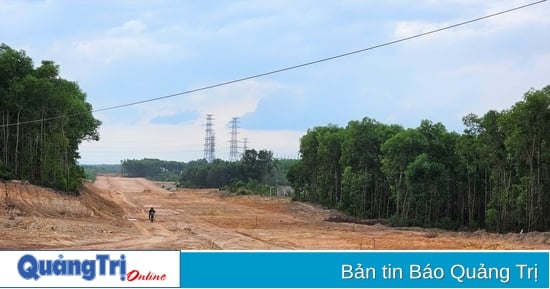
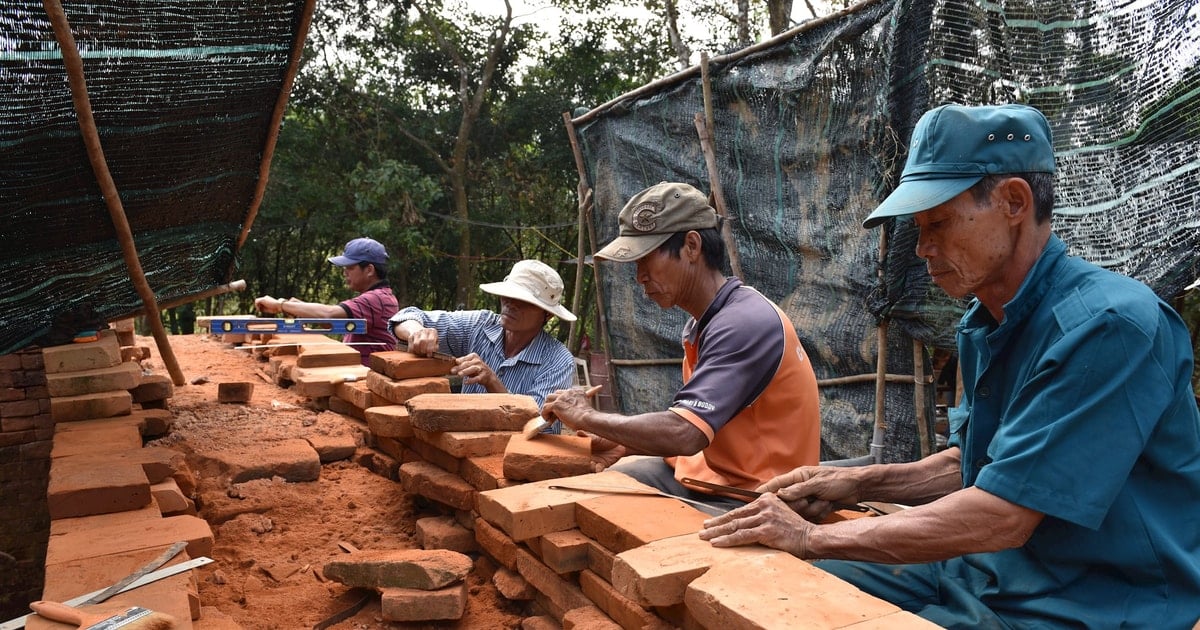


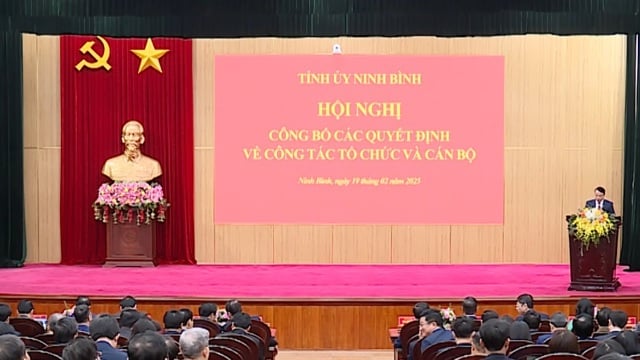

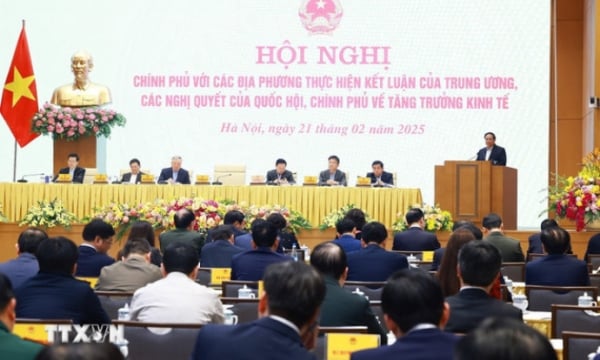









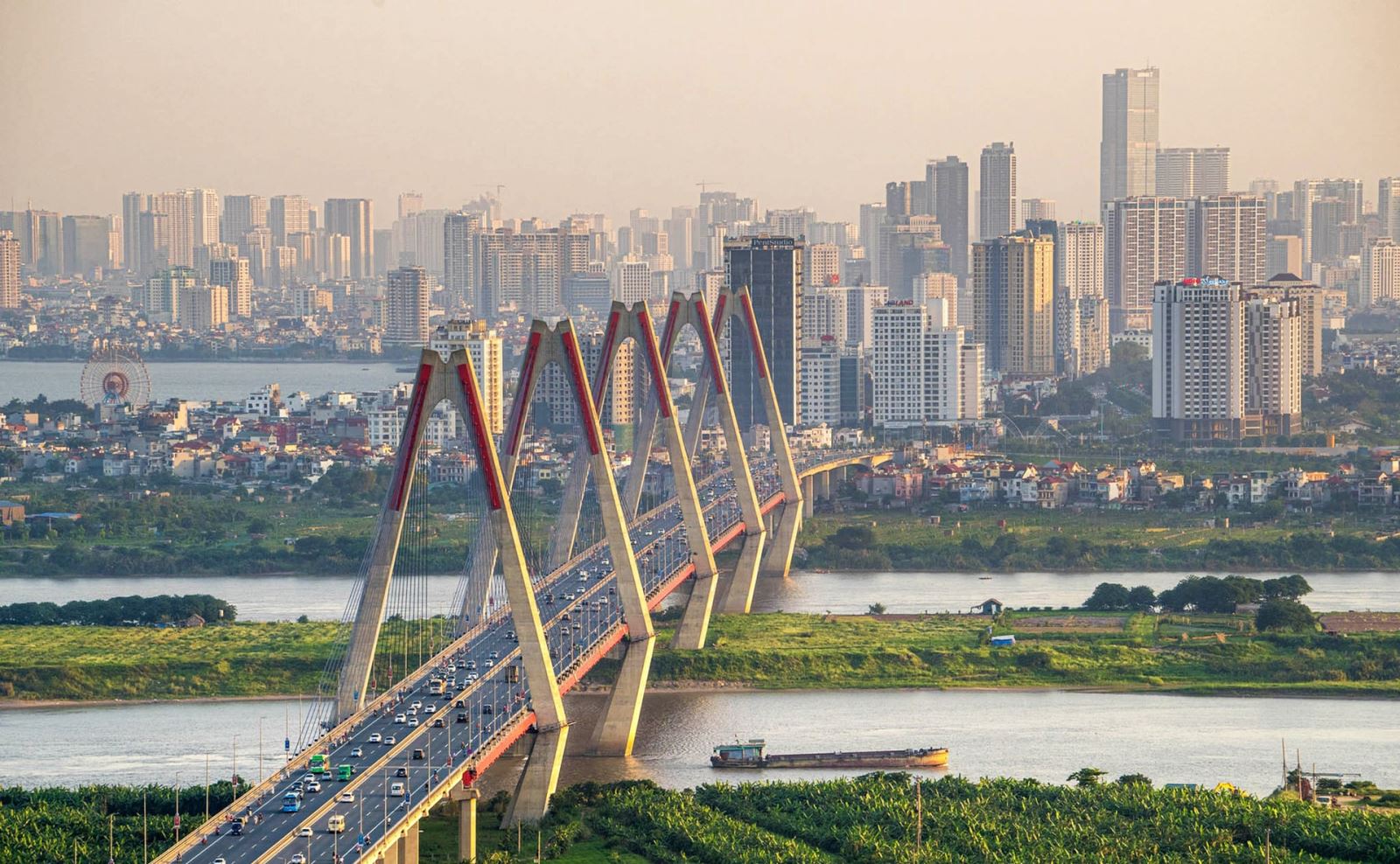

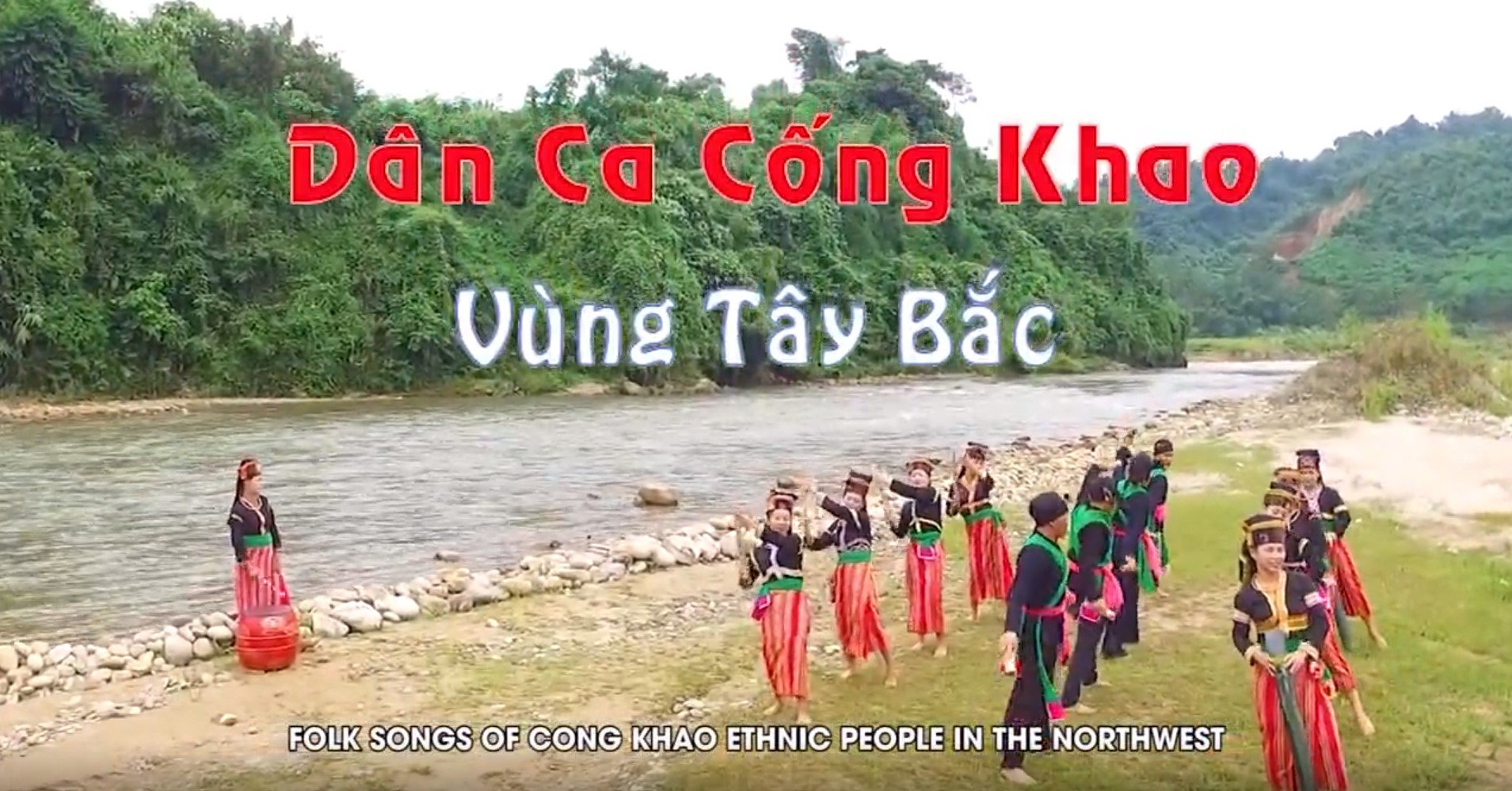








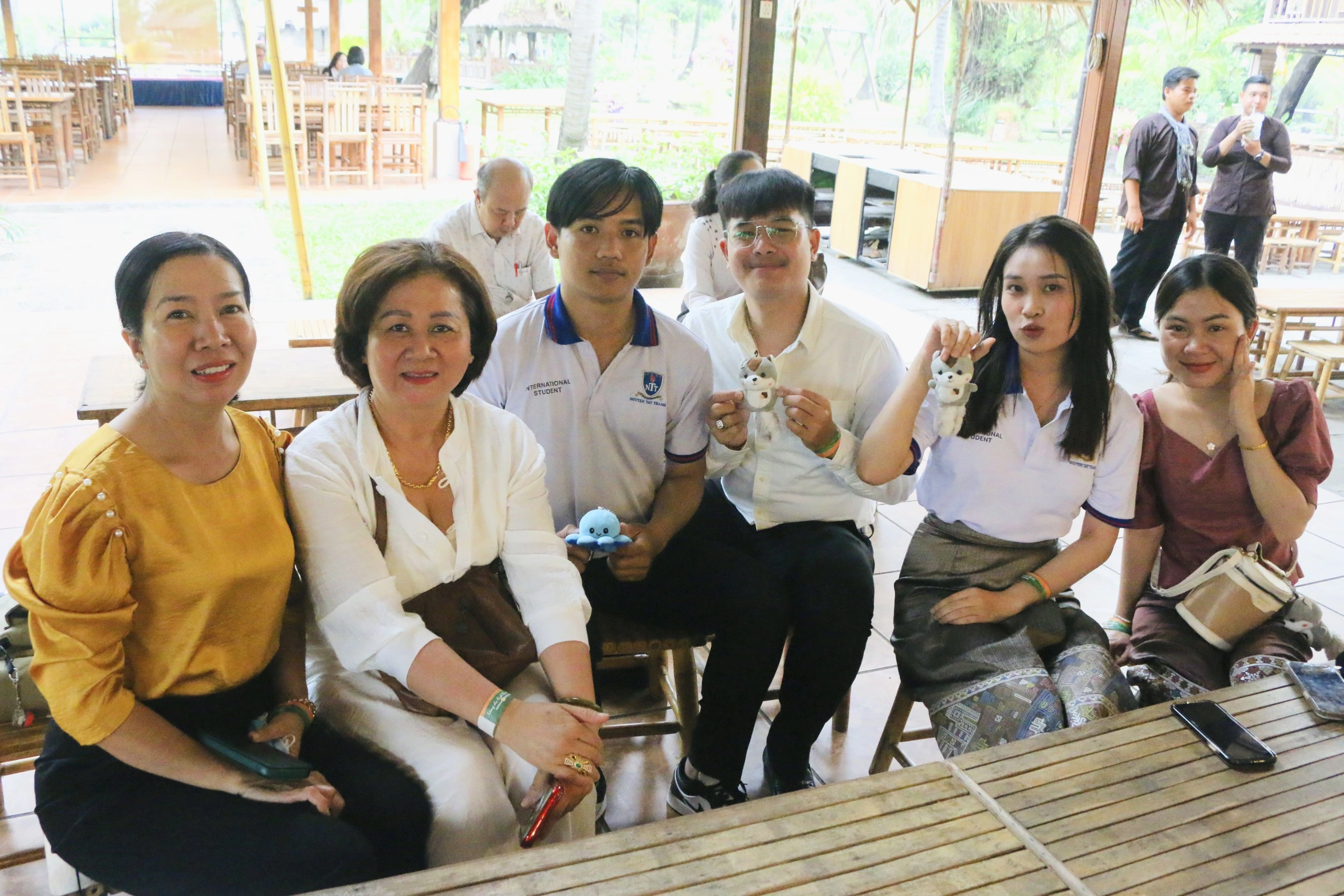


Comment (0)